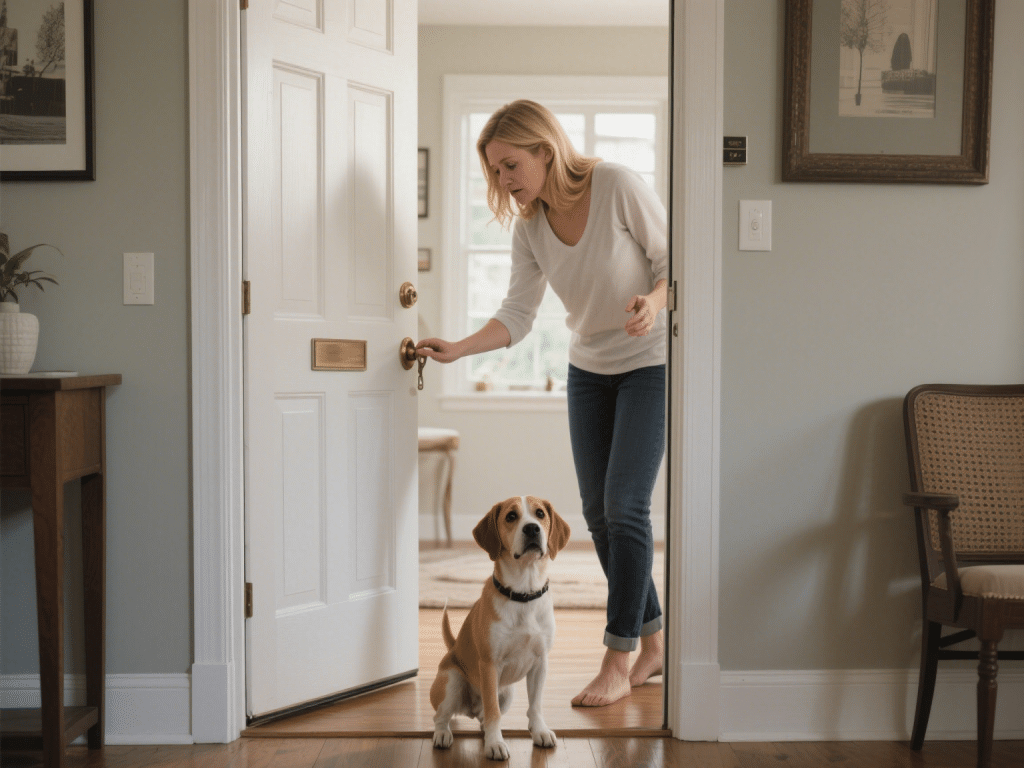
As a devoted dog parent, few things tug at the heartstrings like the mournful whimpers of a puppy left behind. Puppy separation anxiety isn’t just inconvenient—it’s a genuine stress response that can lead to destructive behavior, constant barking, and a stressed-hearted owner. After years of helping anxious pups as a certified canine behavior consultant, I’ve distilled the most effective, experience-proven methods to transform your puppy’s dwelling-from-home dread into serenity.
1. Understand the Roots of Separation Anxiety
Separation anxiety often stems from a puppy’s strong instincts for social bonding and pack security. In the wild, young canines never stray far from the den or their littermates. Translated to our homes, that means your puppy sees you as their safe haven. Sudden changes—new home, new family member, or extended alone time—disrupt their sense of security and trigger anxiety. Recognizing this isn’t “bad behavior” but a fear response sets the stage for compassionate training.
2. Create a Positive “Safe Zone”
A crate or gated corner becomes a haven when introduced correctly. Start by feeding meals in the crate and leaving high-value treats inside. Give your pup a soft bed, a favorite chew toy, and something with your scent (an old T-shirt). Never use the crate as punishment. Instead, make it a place your puppy wants to enter. Over time, the sight of the crate cues comfort, not confinement.
3. Desensitize Departure Cues
Puppies are keen observers—putting on shoes or grabbing keys might send them spiraling. Practice fake departures: don your coat, pick up keys, then sit right back down without leaving. Do this multiple times a day in different outfits and at different times. By decoupling these cues from actual departures, your puppy learns that “shoes + keys = not always goodbye.”
4. Gradual “Alone Time” Training
Don’t leap into an hour-long absence. Begin with very short separations—just a few seconds behind a closed door—and quietly return, rewarding calm behavior. Progressively increase intervals: seconds to minutes, then to 5, 10, and 20 minutes. If your puppy starts whining, shorten the span. The goal is happy alone time, not panic. Reward with gentle praise and a small treat when you come back.
5. Offer Engaging Distractions
Mental fatigue is your friend. Before leaving, give your puppy a food-dispensing toy (e.g., Kong stuffed with mashed pumpkin and kibble) or a safe chew like an antler. The combination of treat-seeking and chewing releases calming endorphins and keeps their mind occupied. By the time you walk out, they’re busy enjoying their snack, not fretting over your absence.
6. Maintain a Calm, Confident Departure
Your energy matters. If you hover, fuss, or plead, your puppy picks up on your tension and thinks, “This must be a Big Deal!” Instead, act neutral—say a simple “See you later,” and walk out calmly. No dramatic hugs or sad faces. When you return, greet quietly until your puppy settles, then reward calm behavior with gentle praise. This teaches that arrivals and departures are normal, uneventful rituals.
7. Enrich Their Environment
Add low-volume background noise such as classical music, a tick-tocking clock, or a short, looped recording of your voice reading aloud. These ambient sounds simulate household activity and mask startling noises outside. Likewise, leave several puzzle toys around the crate or safe zone. Variety keeps engagement high without overwhelming their senses.
8. Regular Exercise and Routine
A well-exercised puppy is a content puppy. Schedule daily walks, play sessions, and basic obedience training before you leave. Physical exertion combined with mental challenges (hide-and-seek with treats, simple scent games) drains excess energy and reduces stress. Consistency in feeding, play, and rest schedules further cements a sense of predictability that puppies crave.
9. Monitor Progress and Adjust
Keep a simple journal: track separation lengths, behaviors exhibited, and your puppy’s response. If progress plateaus or regresses, shorten training steps or revisit earlier phases. Celebrate wins—maybe today your puppy only whimpered for five seconds instead of barking continuously. Positive reinforcement for calm behavior builds confidence.
10. Know When to Seek Professional Help
Most puppies adapt over weeks with patience and structure. However, if you witness frantic destruction, self-harm (biting paws or endlessly spinning), or your puppy seems inconsolable, consult a certified behaviorist or trusted veterinarian. They may recommend dog-appeasing pheromones, stress-relief supplements, or targeted behavioral interventions. Early expert guidance often yields faster, kinder results.
Final Thoughts
Every puppy is an individual, and no single strategy fits all. Compassion, consistency, and incremental training are your keys to easing separation anxiety. With these steps—positive crate work, controlled departures, engaging distractions, and expert backup if needed—you’ll help your puppy learn that alone time leads to peaceful rest, not panic. Soon, you’ll unlock the joy of returning home to a calm, contented companion rather than a stressed little pup.
Happy training, and here’s to many calm, confident days ahead!

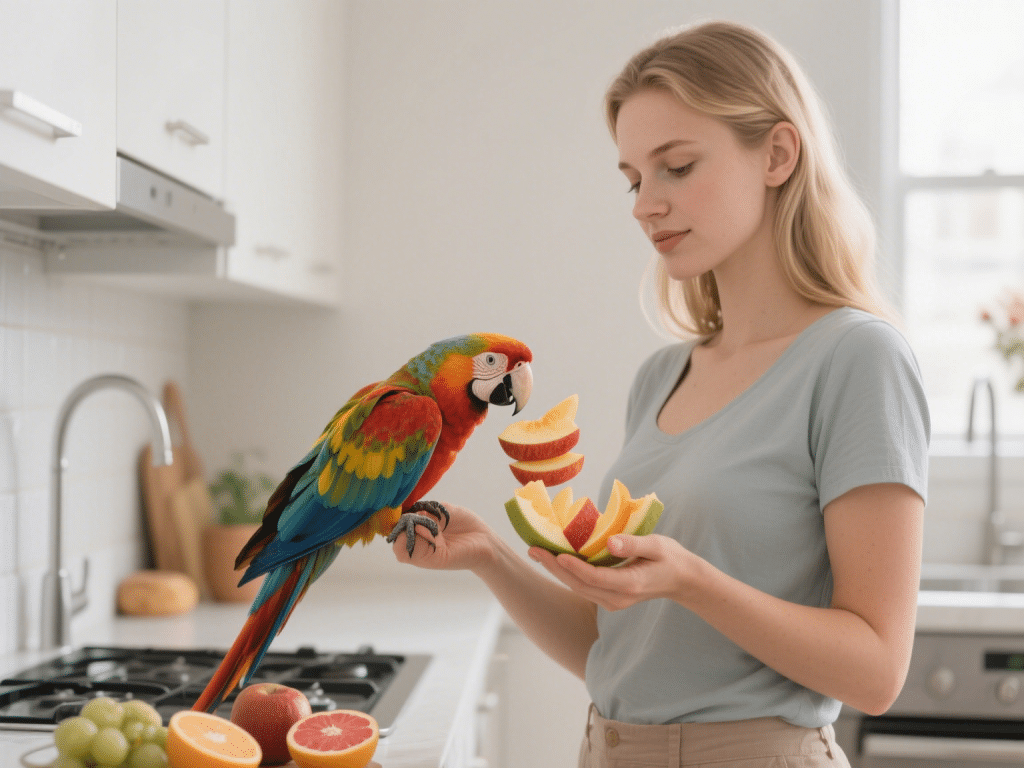
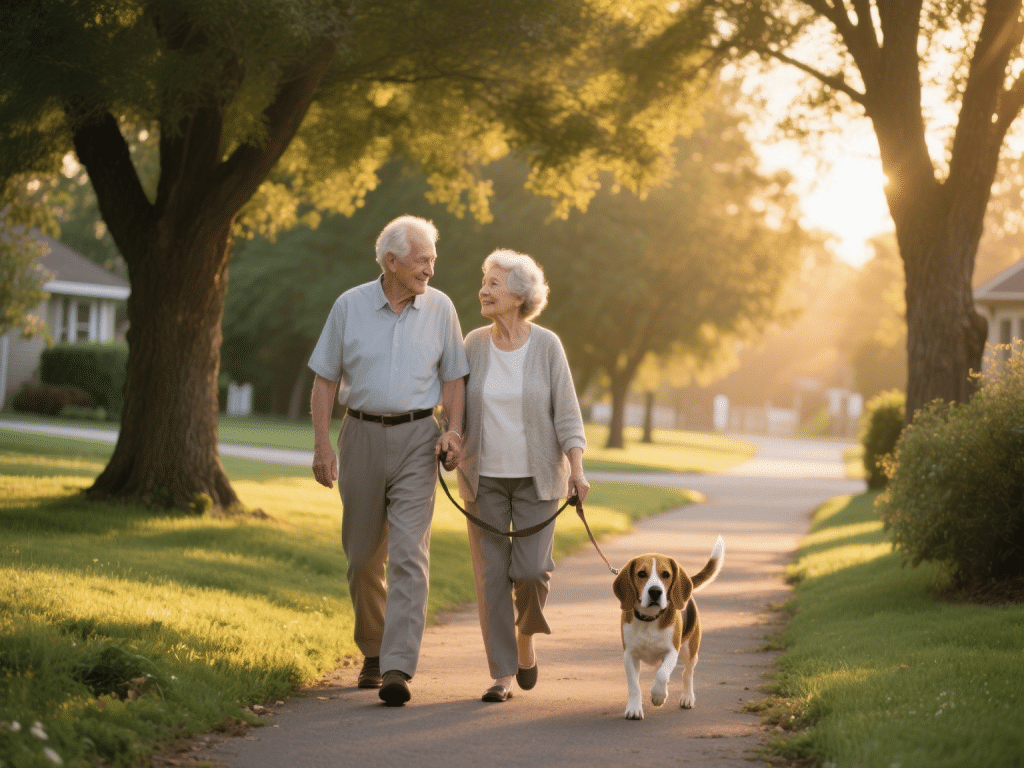



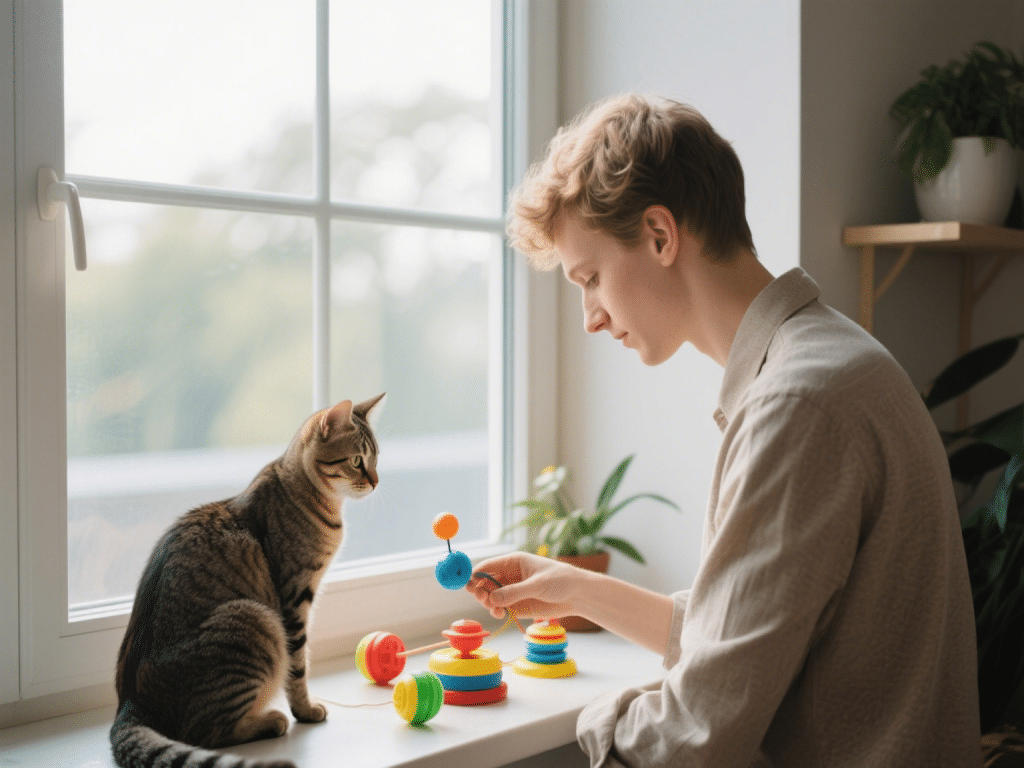
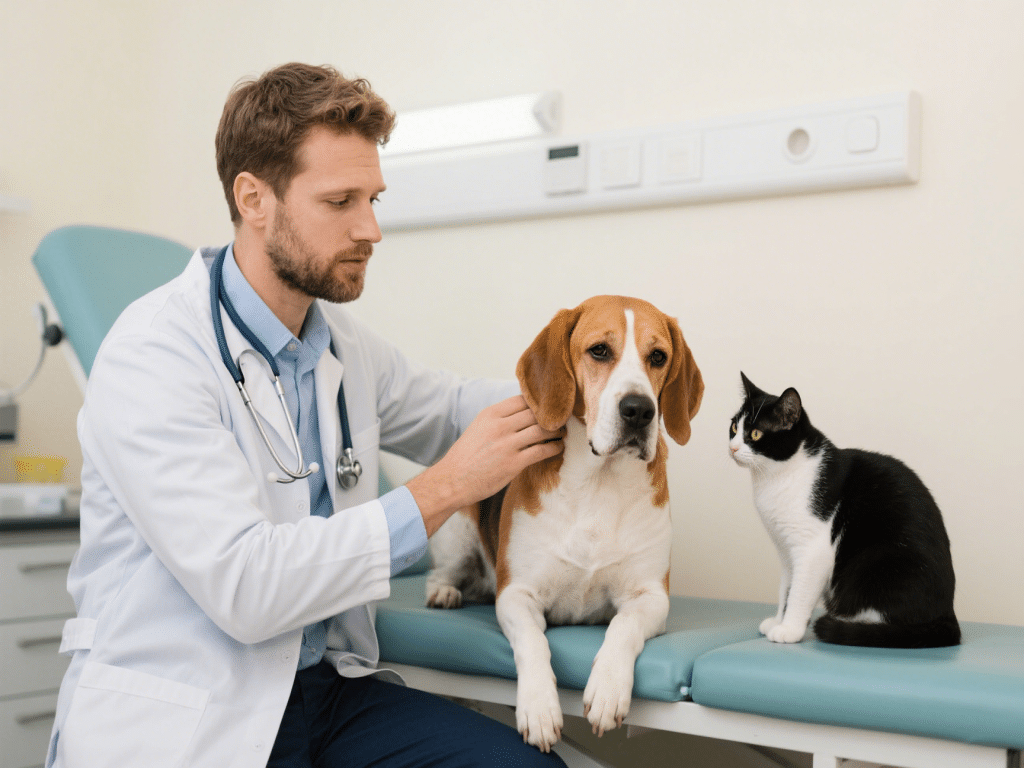

Comments on "Puppy Separation Anxiety: Tips to Keep Your Dog Calm When You’re Away" :